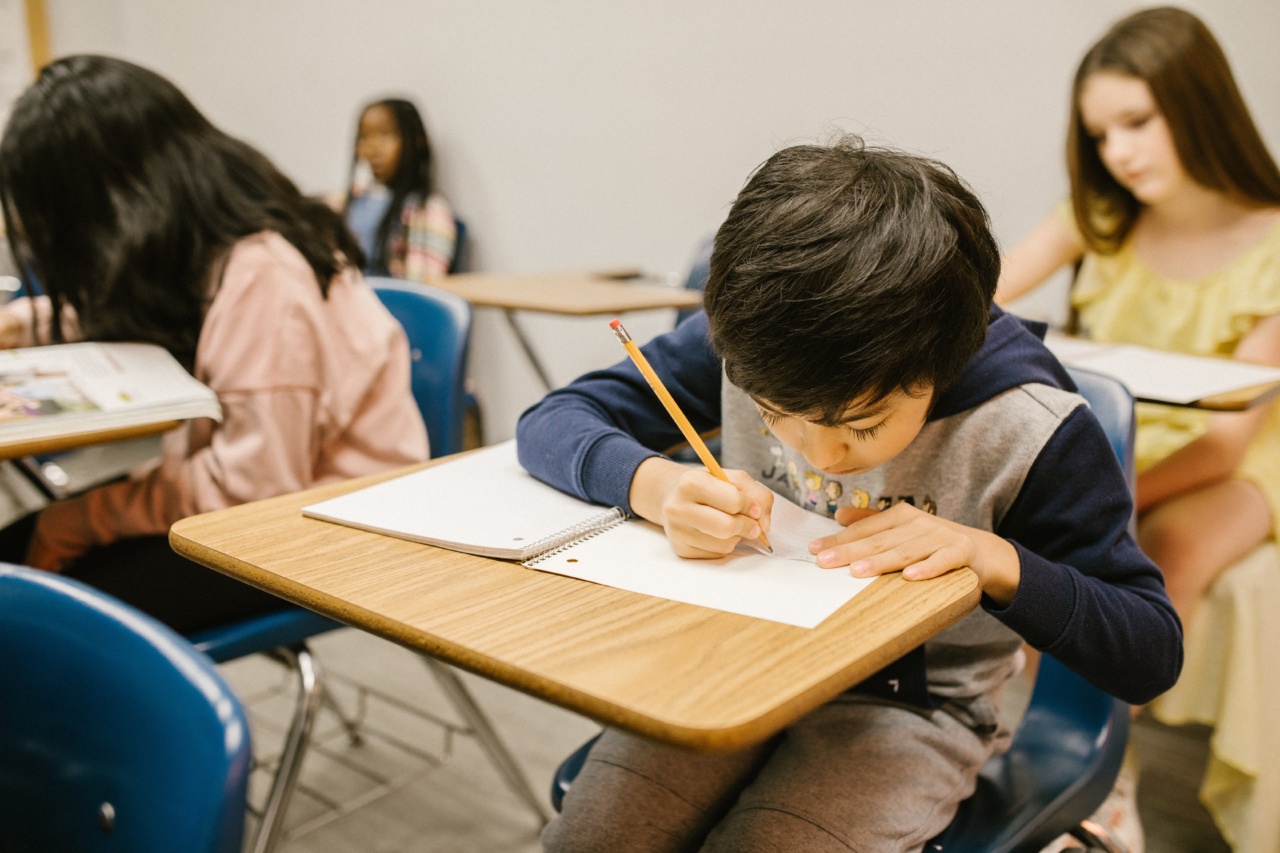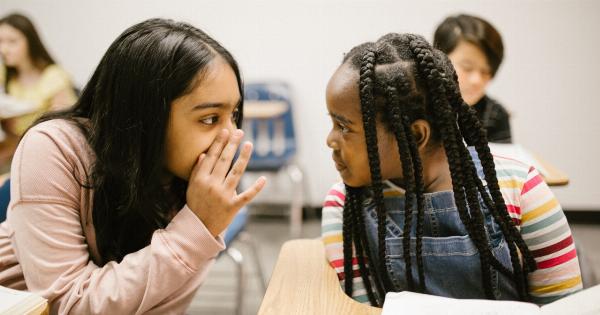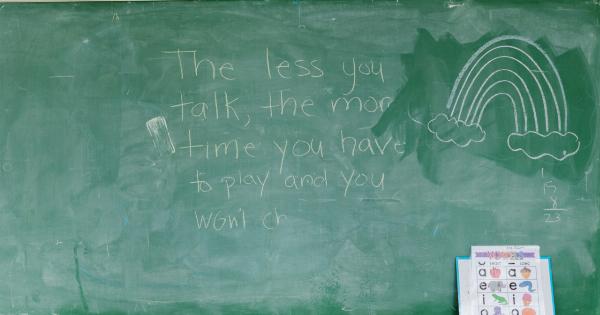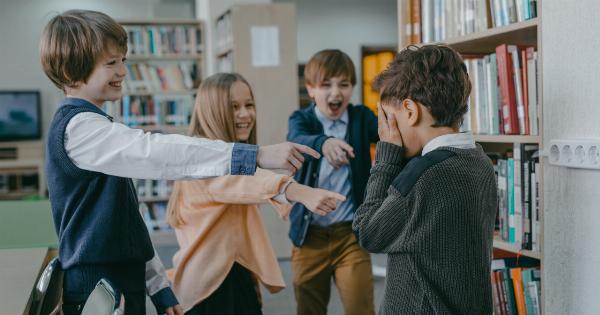Bullying among students has become very common nowadays. Every other day, reports of students being bullied or harassed come forward from different parts of the world.
A recent study conducted by the American Psychological Association revealed that about 33% of students experience bullying. .
What is Bullying?
Bullying is a form of aggressive behavior in which an individual intentionally and repeatedly hurts, harms or humiliates another person or group. It can be physical, verbal or emotional and can occur in person or online.
Bullying can lead to severe trauma, stress, and even death.
Types of Bullying:
There are four main types of bullying: physical bullying, verbal bullying, social bullying, and cyberbullying.
Physical Bullying:
Physical bullying involves physical aggression or the use of force to harm or cause injury to someone else. It includes actions such as hitting, kicking, shoving, or other forms of violent behavior.
Physical bullying can lead to bruises, cuts, broken bones, and other physical injuries. This type of bullying is one of the most visible forms and is easy to identify, but it is often the most dangerous kind.
Verbal Bullying:
Verbal bullying involves using words to harm or humiliate another person. Examples include teasing, taunting, name-calling, and making fun of someone.
Verbal bullying can also take the form of threats, spreading rumors or lies about someone, or making negative comments about someone’s race, religion, or physical appearance. Verbal bullying can be very damaging, as it can lead to low self-esteem, depression, and other psychological problems.
Social Bullying:
Social bullying involves deliberately excluding someone from a group, spreading rumors, or making others feel uncomfortable around a particular person.
Social bullying can cause long-term damage to the victim’s self-esteem, leading to feelings of isolation and loneliness. This type of bullying is often difficult to identify because it may occur behind closed doors or in a group setting, making it difficult for teachers or parents to identify and address.
Cyberbullying:
Cyberbullying is a relatively new form of bullying that has emerged with the rise of social media and other online platforms.
Cyberbullying involves using technology to harm or harass another person, including sending threatening or insulting messages, posting embarrassing photos or videos, or spreading rumors online. Cyberbullying can have a significant impact on a victim’s mental health, leading to anxiety, depression, and even suicide in extreme cases.
The Impact of Bullying:
Bullying can have serious and lasting impacts on the mental and physical health of victims. Children who are bullied are more likely to experience anxiety, depression, and other psychological problems.
They may struggle with low self-esteem, have trouble making friends, or struggle academically in school. Children who are bullied are also at increased risk of engaging in risky behaviors, such as drug and alcohol abuse or self-harm.
How to Address Bullying:
It’s important for parents, teachers, and other adults to take bullying seriously and take steps to address it when it occurs. This may include:.
- Creating a safe and supportive environment for students, with clear rules against bullying and consequences for those who engage in it.
- Teaching children how to be respectful and kind to others, and how to stand up for themselves and others when they see bullying occur.
- Providing support and resources for victims of bullying, including counseling and therapy when necessary.
- Working with parents to develop strategies for addressing bullying at home, including monitoring children’s online activity and encouraging open communication at home.
Conclusion:
Bullying among students is a serious and harmful problem that can have significant and lasting impacts on a victim’s mental and physical health.
It’s important for parents, teachers, and other adults to take steps to address bullying when it occurs, providing support and resources for victims and teaching children how to be respectful and kind to others. By working together, we can create a safe and supportive environment for all students.




























